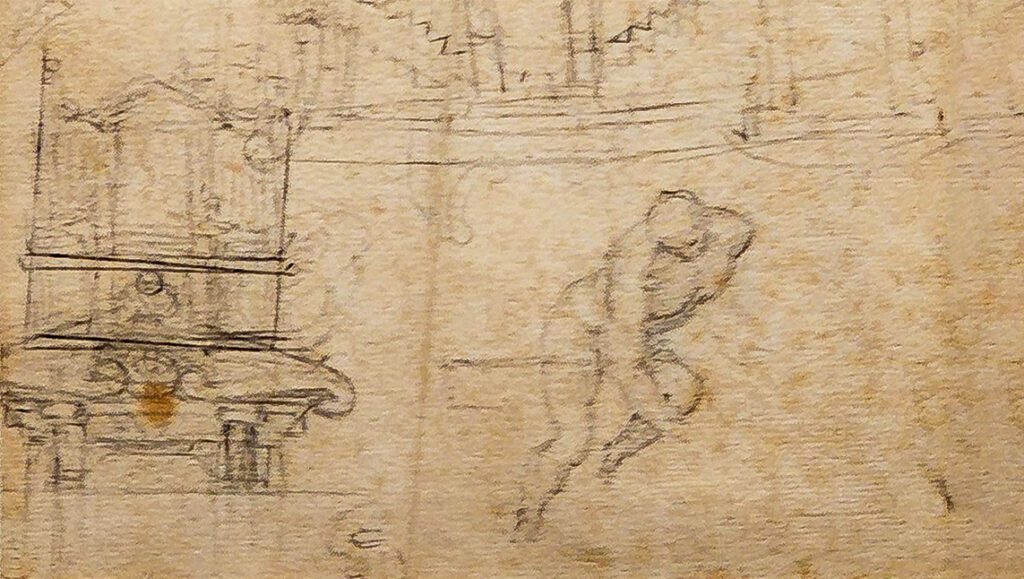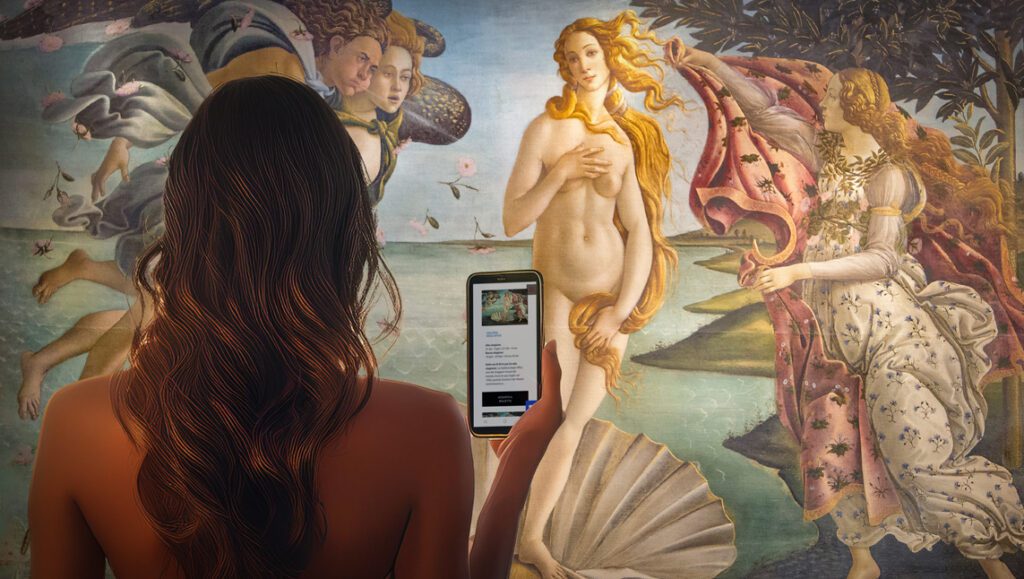
One of the museums to visit in Siena
It happens – and it has happened above all in the pre-Covid dynamics – that in an environment like that of Siena, the spaces increasingly promoted for tourists were those aimed at maintaining the image of the city as a superb and dazzling example of medieval municipal civilisation, it being understood that obviously Siena actually has what it takes to represent this. This has translated in a nutshell into the almost exclusive advertising of places such as Piazza del Campo and the Duomo.
Perhaps I will seem very stubborn if even now, in the full expectation of a restart after the pandemic – which hopefully will still be in the name of an alternative tourist offer to the massifications preceding the pandemic –, I continue in a somewhat desperate way to promote places of Siena unknown to tourists, and in some cases even to the Sienese themselves. There are many places out of the ordinary (this is also the title of a column promoted together with my colleague Ambra during the last winter closures) that deserve to be known and in this they are precisely “out of the ordinary” both because they are outside the common trade routes and because they have nothing to envy to the most famous places.

St. George and the dragon, Sano di Pietro, 1440-50, Museo diocesano oratorio San Bernardino
One of these places, so dear to me and even physically distant from conventional visitor trajectories, is the Oratory of San Bernardino with the adjoining Diocesan Museum, one of the museums to visit in Siena.
Celebrating today the feast of the Sienese saint to whom it is dedicated – and who had such an important role in the fifteenth century both for the spirituality and for the political and social dynamics of the city –, I want to remember the oratory as a place of great beauty, small in size yet wide in its monumental scope of novelty for the history of Sienese art. With a parallel situation that for the wealth of commissions we could find at that time only in the Cathedral, in the Oratory of San Bernardino two great masters of the Sienese Renaissance met at the beginning of the sixteenth century: Sodoma and Beccafumi.
The two artists became the spokespersons of a completely renewed language, this also thanks to their training experiences that had led them to make their own the stylistic innovations now adopted outside Siena.
Here then that Beccafumi had seen something of the Florentines, but Sodoma had done even more, as he brought Raphael‘s reworked grace to Siena and where was able to wisely modulate also on the basis of his youthful training based on the observation of painting by Leonardo in Milan.
The rivalry between Sodoma and Beccafumi
The cycle that they prepared is dedicated to the Virgin Mary stories, in compliance with the wishes of the patrons of the Oratory of San Bernardino who were members of a Confraternity.
What happened in that commission, in which Sodom managed to win many more scenes than his rival Beccafumi, is a sometimes funny story, which deserves to be told. The visit to the oratory can be integrated into a tour of the city or that of the Duomo (where, among other things, there is the ticket office for purchasing the cumulative ticket which also allows access to the oratory) ⟣



